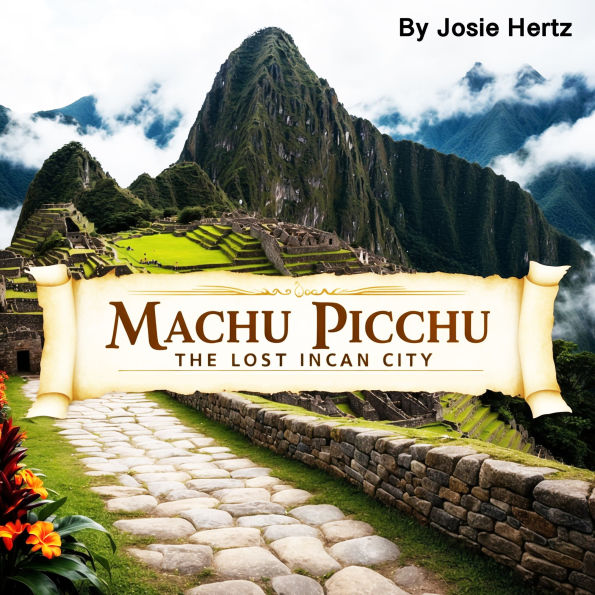This audiobook is narrated by a digital voice.
High in the mist-shrouded peaks of the eastern Andes, where ancient granite mountains pierce the sky and cloud forests cling to precipitous slopes, lies one of humanity's most extraordinary archaeological treasures. Machu Picchu, the "Lost City of the Incas," represents not only the pinnacle of Andean architectural achievement but also one of the most romantic and mysterious archaeological discoveries of the modern era. This remarkable mountain citadel, perched dramatically between the peaks of Huayna Picchu and Machu Picchu at an altitude of 2,430 meters above sea level, remained hidden from the outside world for over four centuries until its rediscovery brought it to international attention and established it as one of the most celebrated archaeological sites on Earth.
The story of Machu Picchu's rediscovery begins with Hiram Bingham III, a young Yale University historian who arrived in Peru in 1911 with dreams of finding the legendary "lost city of the Incas" that Spanish chroniclers had described but never located. Bingham, following local rumors and indigenous knowledge about ancient ruins in the remote Urubamba valley, embarked on an expedition that would lead him through treacherous mountain paths to one of the most spectacular archaeological sites ever documented. His initial encounter with the terraced ruins emerging from the jungle growth on July 24, 1911, marked the beginning of Machu Picchu's transformation from a local secret known to a handful of Quechua families into a global symbol of ancient American achievement.
The geographical setting of Machu Picchu reflects the sophisticated understanding of landscape and defensive strategy that characterized Inca site selection, as the ancient builders chose a location that combined strategic advantages with symbolic significance and practical benefits for creating a major settlement in one of the world's most challenging environments.
This audiobook is narrated by a digital voice.
High in the mist-shrouded peaks of the eastern Andes, where ancient granite mountains pierce the sky and cloud forests cling to precipitous slopes, lies one of humanity's most extraordinary archaeological treasures. Machu Picchu, the "Lost City of the Incas," represents not only the pinnacle of Andean architectural achievement but also one of the most romantic and mysterious archaeological discoveries of the modern era. This remarkable mountain citadel, perched dramatically between the peaks of Huayna Picchu and Machu Picchu at an altitude of 2,430 meters above sea level, remained hidden from the outside world for over four centuries until its rediscovery brought it to international attention and established it as one of the most celebrated archaeological sites on Earth.
The story of Machu Picchu's rediscovery begins with Hiram Bingham III, a young Yale University historian who arrived in Peru in 1911 with dreams of finding the legendary "lost city of the Incas" that Spanish chroniclers had described but never located. Bingham, following local rumors and indigenous knowledge about ancient ruins in the remote Urubamba valley, embarked on an expedition that would lead him through treacherous mountain paths to one of the most spectacular archaeological sites ever documented. His initial encounter with the terraced ruins emerging from the jungle growth on July 24, 1911, marked the beginning of Machu Picchu's transformation from a local secret known to a handful of Quechua families into a global symbol of ancient American achievement.
The geographical setting of Machu Picchu reflects the sophisticated understanding of landscape and defensive strategy that characterized Inca site selection, as the ancient builders chose a location that combined strategic advantages with symbolic significance and practical benefits for creating a major settlement in one of the world's most challenging environments.

Product Details
| BN ID: | 2940194930838 |
|---|---|
| Publisher: | Vince Publishing LLC |
| Publication date: | 07/29/2025 |
| Edition description: | Unabridged |
Videos



